Contributions by Noelle Adams, Darryn Bonthuys and Kervyn Cloete

It’s been almost eight decades since Superman made his debut in the first issue of Action Comics way back in 1938. More than 3 quarters of a century has passed since then, with countless reboots, reimaginings and ideas layered on top of the mythos of the man of the last son of Krypton. But Superman’s origin is one that has been defined by his time in print. Years spent under development from hundreds of artists and writers who have all left a creative stamp on their character, defining the hero for new generations and audiences.
So how do you decide on just who the greatest Superman comic book artist is of all time? You don’t, at least not without one argument that ends up with your colleagues trapped in the Phantom Zone as they slowly drift away from you in a pocket universe powered by their vehement disagreement of your selection. But finding the ten best Superman artists? Now that’s a better challenge. Here’s our list
Curt Swan

Curt Swan’s name may not be common knowledge, but he’s the artist who put the super into Superman. Swan took the idea of Superman and injected life back into the man of steel, giving him a grace and fluidity that had been missing from the also wonderfully iconic Wayne Boring’s take on the icon. But Swan’s best contribution wasn’t just a physical improvement to Joe Shuster’s original designs. It was a more expressive enhancement that redefined who Superman was.
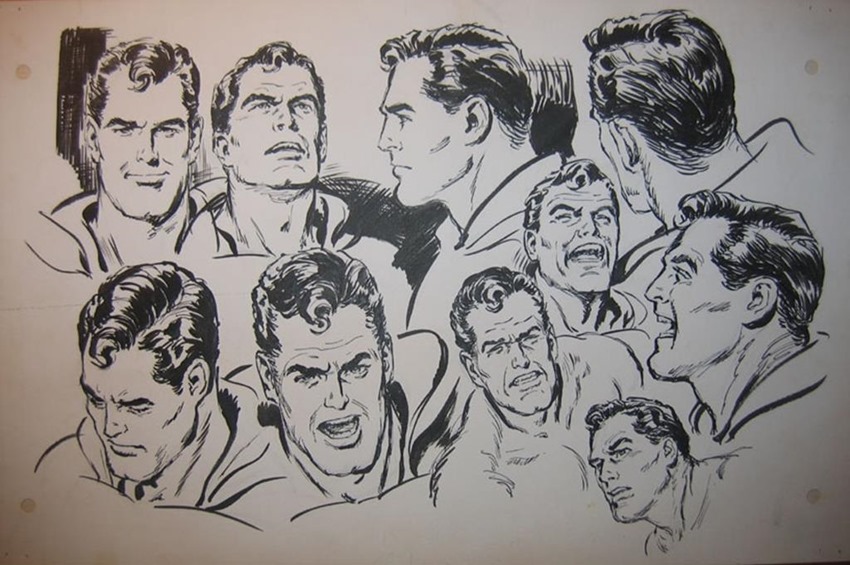
Superman’s facial expressions had been limited to what scientists refer to as Kristen Stewart-esque at that point, a somewhat bland and static range of expressions that could be counted on one hand. Swan’s Superman was an Oscar winner with his range of emotions however. Joy, anger and every emotion between with subtle nuances that most artists had been unable to render. All of that with only a few well-placed lines.
Swan worked on Superman for over three decades, was humble to a fault and defined the hero for an era that still resonates to this day.
Frank Quitely
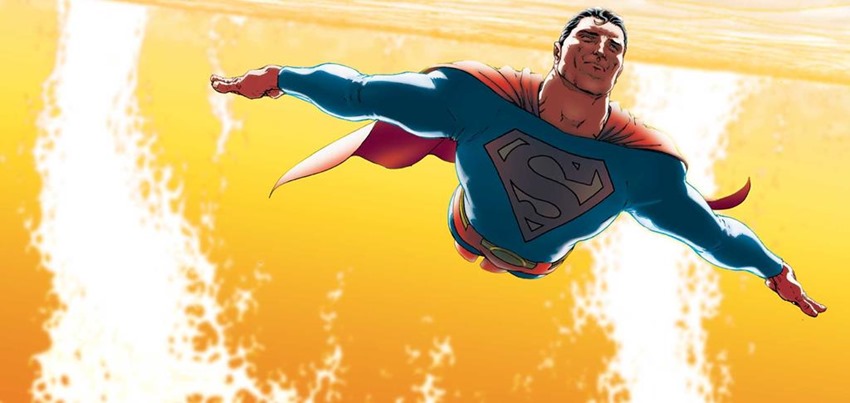
For an artist whose work on Superman has been brief to say the least, Frank Quitely still managed to make one hell of an impact. Having taken a crack at Superman in the graphic novel Justice League: Earth 2, Frank Quitely teamed up with writer Grant Morrison again for a series that wasn’t just one of the best comic books stories of the year (and subsequent years that it took to finish over twelve issues), but one of the best Superman stories ever told, period.
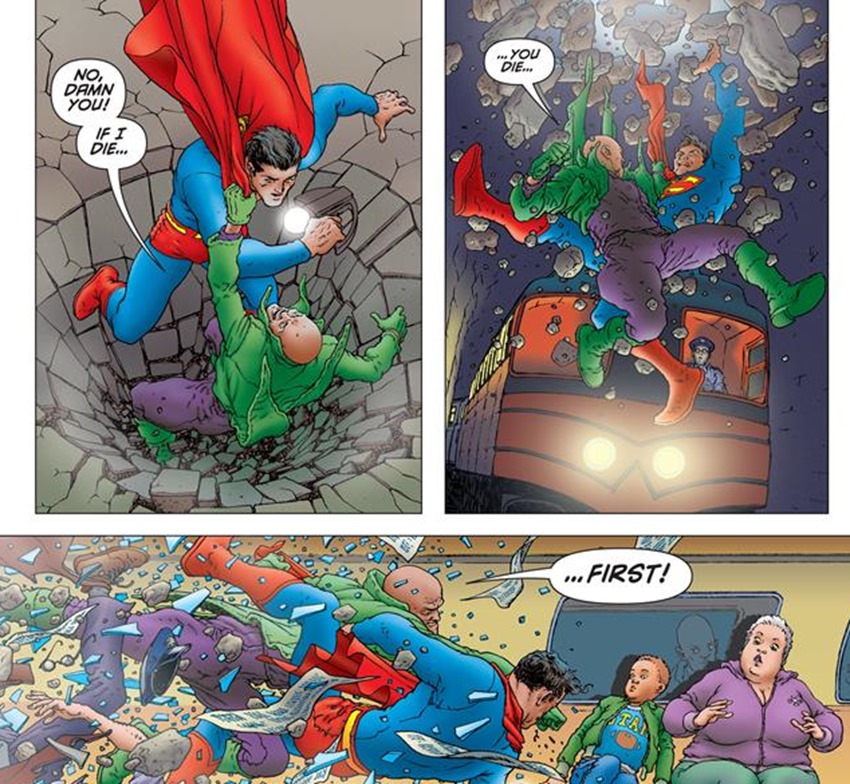
Quitely’s Superman was magnificent: A larger than life god who could be your best friend on one page and an Earth-shattering force of nature on the next. Every line drawn, every panel constructed feels like the result of meticulous plotting that gave Superman an otherwise elegant style that hadn’t been seen in any adventure so far.
Every page of All Star Superman looks like it belongs in an art museum, but the manic majesty of Quitely’s pencils come from the fact that he was able to capture Silver Age kookiness or more intimate moments with ease. A Superman for any age or era, who was definitely was an All Star on every page he appeared on.
Gary Frank
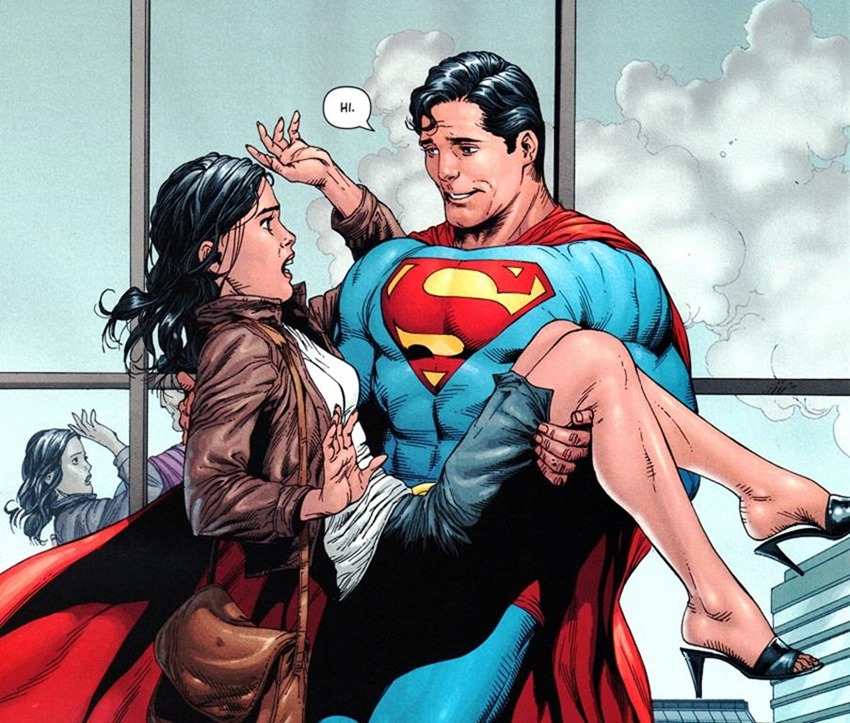
If there’s any one artist who captures the humanity of Superman at his best, it has to be Gary Frank. Frank’s man of steel clearly takes plenty of influence from Christopher Reeve’s incarnation of the character on the big screen, a smiling beacon of warmth and hope. Frank’s Superman isn’t a massive strongman, but rather a far more realistically proportioned adult who exists in a very real world with very real rules. And that makes for a very distinctive design.
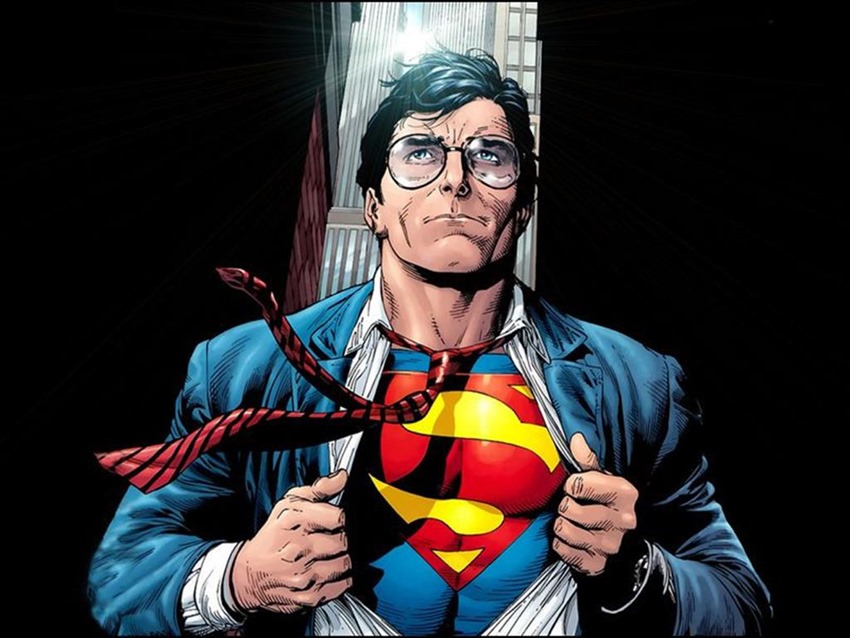
Frank’s Superman is a man of action, an unstoppable force when pushed too far and isn’t afraid to strike back. But more importantly Frank’s Superman embodies the hope that the character stands for. This is a Superman who shines as a symbol, whether it be in massive cinematic encounters or small moments where he proves that despite his alien heritage, he’s more human that you’d ever realise. Other artists may emphasise the super in Superman, but Frank’s bold pencils certainly do add plenty to the “man” part of this equation.
John Byrne
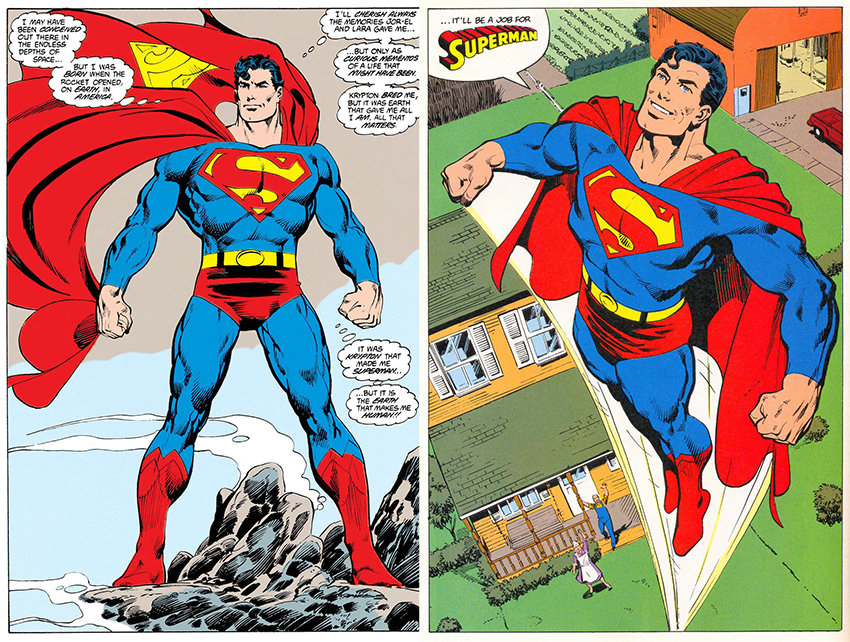
To this day there remains debate about The Man of Steel, the 1986 comic miniseries that rebooted Superman’s origin story in the aftermath of Crisis on Infinite Earths. Some complained that in tidying up Superman’s lore, writer-artist John Byrne sanitised the character, filing him down into amiable banality. Regardless of what you think of Byrne’s writing though, he gave Kal-El a distinct look to match his reworking.

Byrne’s Superman is solid, there’s no other way to put it. Broad shouldered. Broad smile. Broad chest for the S-symbol to be displayed proudly. He’s dependable, and that reflects in his height and muscled physique. Even as his alter ego Clark Kent – who once was a high school football star – Byrne’s Superman is an assertive good guy, and role-model, with boyish charm. He may lack brooding edge, but you can always count on him to do the right thing.
Alex Ross
With his painterly style and extensive use of models as references, Alex Ross gave us the “real” Superman. Sure he tackled the entire DC Universe of characters in the Mark Waid-written Kingdom Come. However, it’s his Superman that is probably the most iconic figure to emerge from that project. In turn, it earned its place among the greatest depictions of the Man of Steel.
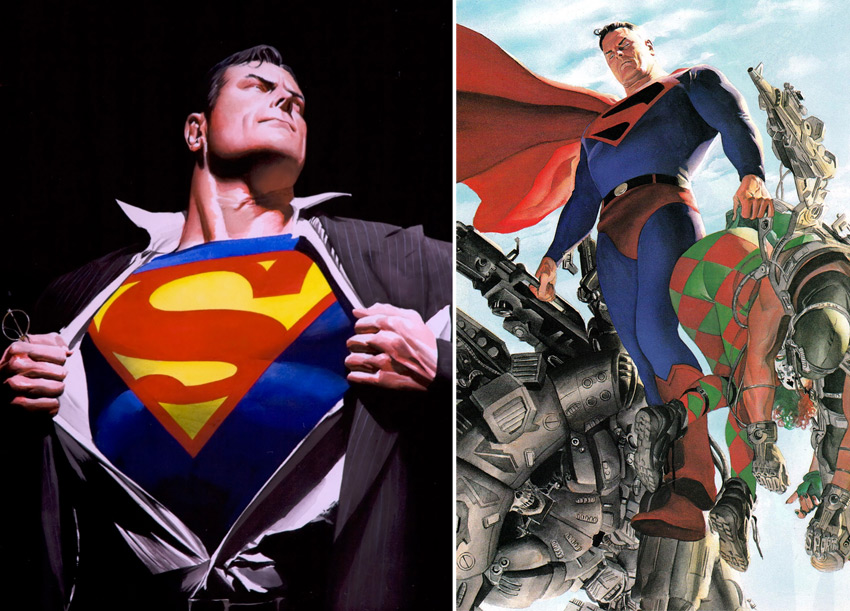
Ross’s take on the character is definitely SuperMAN. This isn’t a fresh-faced twenty-something just starting out on his superhero journey. With his perpetual frown and receding hairline, Ross’s mature Superman has clearly seen and done a lot. Visually it makes for a more credible take on the character. Reinforcing this believability is Ross’s minute attention to detail, such as the way the fabric of Superman’s costume stretches and creases over his muscles. Sometimes it feels like if you were to look up and spot Superman in real life, he would look exactly like Ross portrays him.

Max and Dave Fleischer
Okay, yes. We’re cheating here, as Max and Dave Fleischer were not comic book artists. Hell, you might even have noticed that they’re not even one person! What the Fleischer brothers did give us though was some of the most incredible Superman cartoons – hell, any cartoon! – ever made with Fleischer Studios’ Adventures of Superman in the early 1940s.
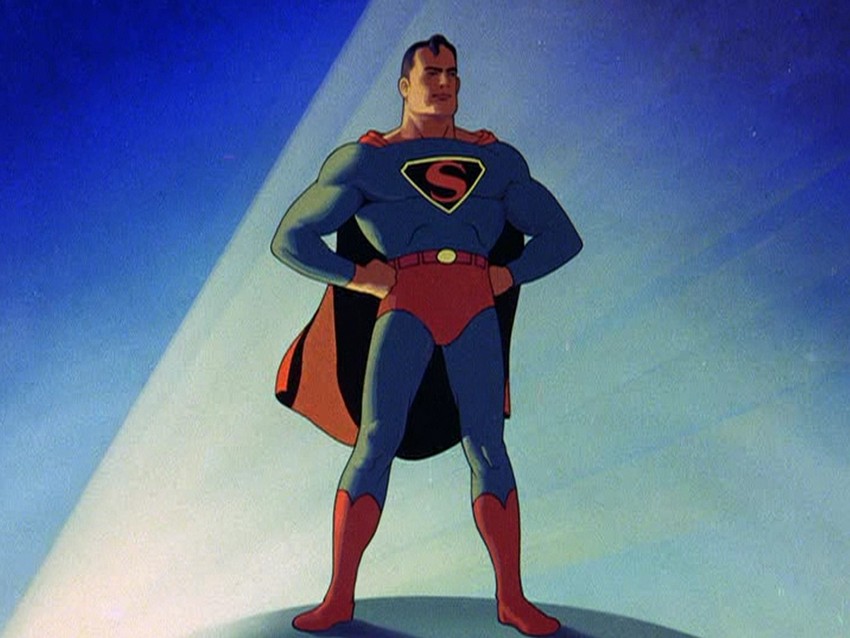
By pioneering the technology of Rotoscoping – where artists draw frame by frame over live-action footage – the Fleischers gave us cartoons unlike anything we had ever seen, with Superman realistically animated as he punched robots and sped faster than a locomotive every Saturday morning. The work the Fleischers did on Superman is also not just relegated to the Man of Steel, as it’s not such a leap to trace the basic bombastic visual language of modern superhero comic book movies right back to the incredible achievements in animation that happened here.
Jim Lee
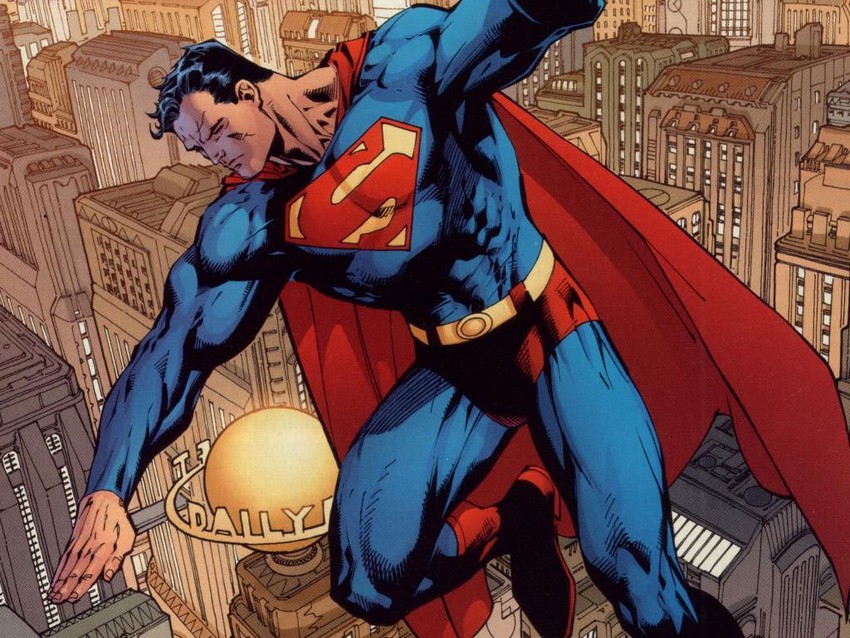
Okay, let’s just address the elephant in the room straight away. No, not that elephant, the other one that looks completely identical to it, except for a different haircut. Yes, Image Comics pioneer Jim Lee has a tendency for all his characters to look physically similar except for some superficial details. But even though his Superman looks just like his Batman, his Superman also looks incredibly cool!
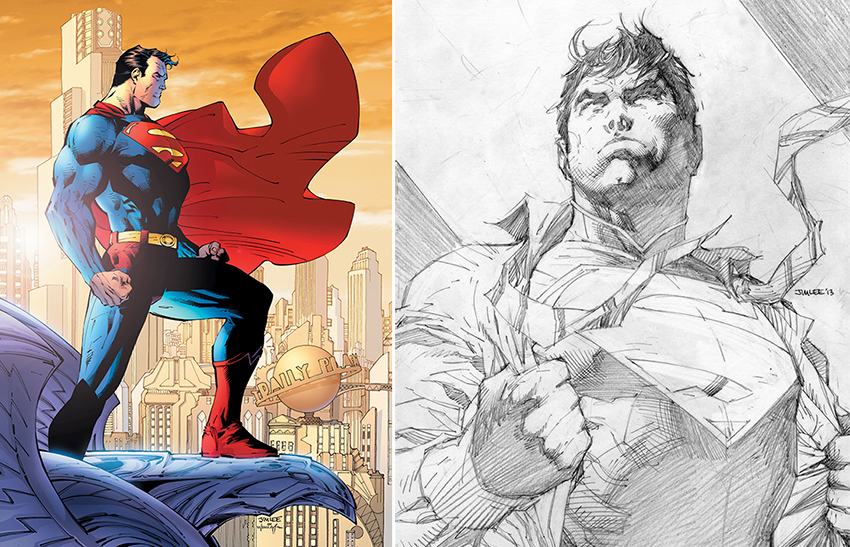
With an actual background in medicine, Lee has an incredible grasp of human anatomy, which definitely shows through in his muscular depictions of Superman. He is also a master of framing and posing, and using light and shadow to accentuate character traits, and he simply nailed these with Superman, giving the Man of Steel some of his most iconic splashpages.
Kenneth Rocafort
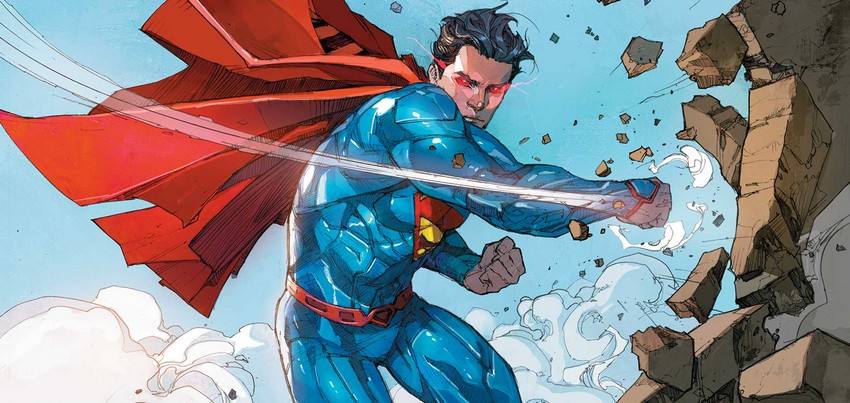
You may have noticed that nearly all the folks on this list thus far either come from the Golden or Silver Age of comics, or have been around for ages, so it’s time for some new blood! Kenneth Rocafort may not be as well known some other big artists, but after breaking out in Top Cow years ago, he’s been doing incredible work at DC Comics. And that includes giving the younger, New52 reboot of Superman an incredibly edgy look that just oozed brash attitude.

Although I dig several elements of Supes’ New52 costume, like the lack of outside underwear and the high-neck collar, I do think it’s a tad over-designed. But even with all these additional elements, or maybe because of them, Rocafort just makes it all look killer.
Ed McGuinness

Superman is strong. Really strong. The strongest there is, it has even been said (Don’t worry, Hulk. Different universe. Your pride is safe). And while he is usually drawn looking more ripped than a Mens Health cover model, it’s Ed McGuinness’ version of Supes that actually makes you believe that he has the raw muscle power to back up that claim. With bulging muscles the size of bowling balls, its clear that if this Superman ever got tired of leaping tall buildings in a single bound, he could just flatten them with a single punch.
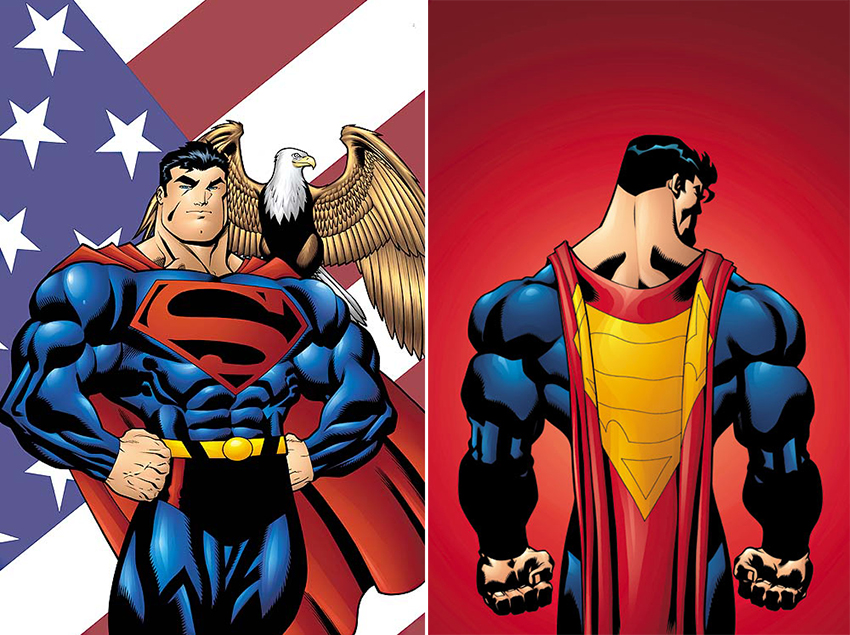
McGuinness’ boxy, lantern jawed version of Superman seemed to the later, extreme evolution of classic artists like Joe Shuster and Wayne Boring, but with a much more cartoony slant. And it’s this latter aspect that also made it so popular. Popular enough that it was McGuinness’ style that was copied for several of DC Comics’ animated feature films as well.
Joe Shuster

What, you thought we would do a list of the greatest Superman artists without including the very man who co-created him? Shuster’s work may not be as dynamic, or as powerful, or as emotional as many of the other artists who came after him, but simply put: Without his work, there would be no Superman for these other people to draw. This is an unavoidable fact.

It was Shuster, in collaboration with writer and childhood friend Joe Siegel, who combined elements of mythology with the aesthetics of circus strongmen (hence the old “underwear on the outside” shtick) which would not just lead to the creation of Superman, but would define the basic look of just about every superhero that would come after him.
Thanks to rapidly failing eyesight, Shuster’s run as a Superman artist was actually relatively short, but the artists he mentored to take over the reins from him would go on to help define Superman as the greatest comic book character of all time.
Last Updated: March 1, 2017





















Mistake Not...
March 1, 2017 at 15:49
Great article.
Now do Batman.
The D
March 1, 2017 at 15:56
Soon my dog of war, soooonnn….
Admiral Chief
August 10, 2017 at 15:13
https://uploads.disquscdn.com/images/60391f3fc9883e69b1881a18dcfc35d8296f1cd3fc7900e3cb0e7775a4c8452b.jpg
Skittle
March 2, 2017 at 13:18
Alex Ross <3
Admiral Chief
August 10, 2017 at 15:14
https://uploads.disquscdn.com/images/b27e2b81526931718078d511eee78cc9587af8eda2e0cdcbd7ee1bb662cac9de.png
Philip Gipson
December 8, 2018 at 04:48
A lovely article on Superman.